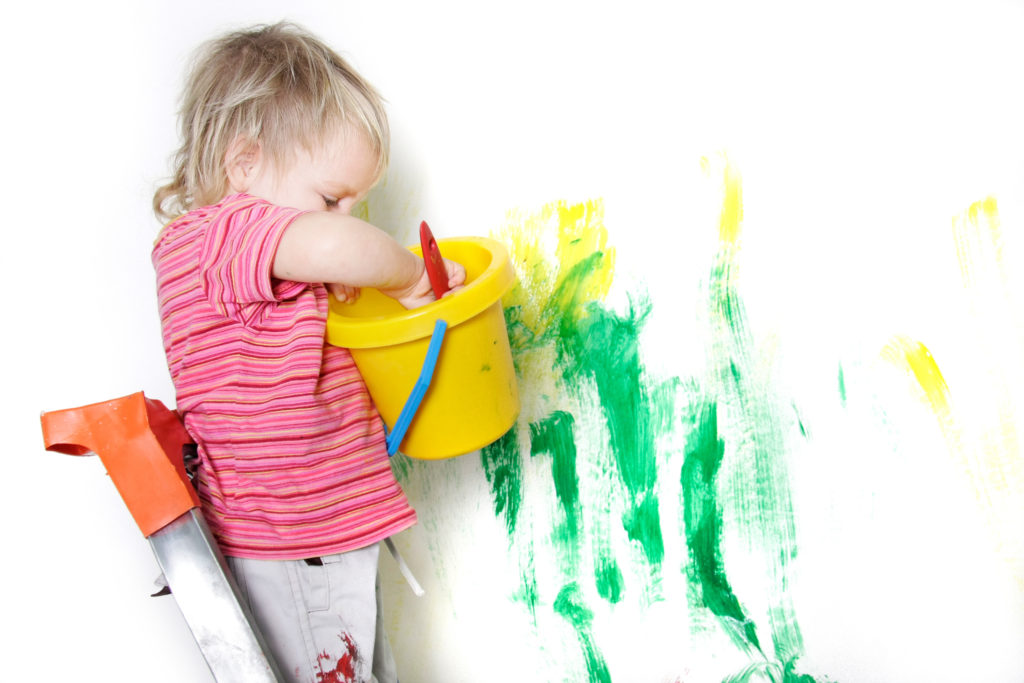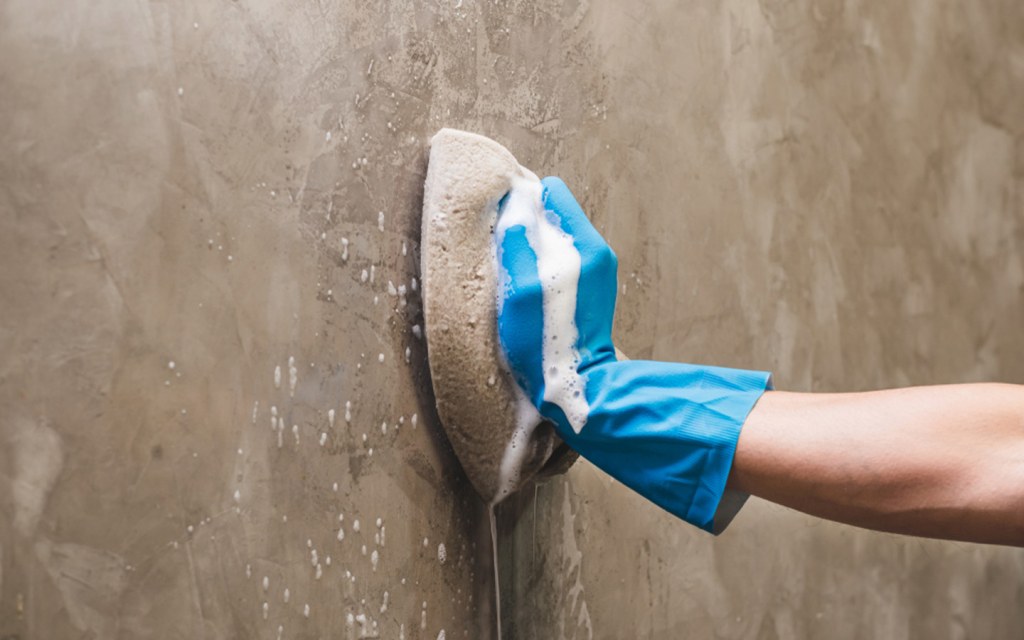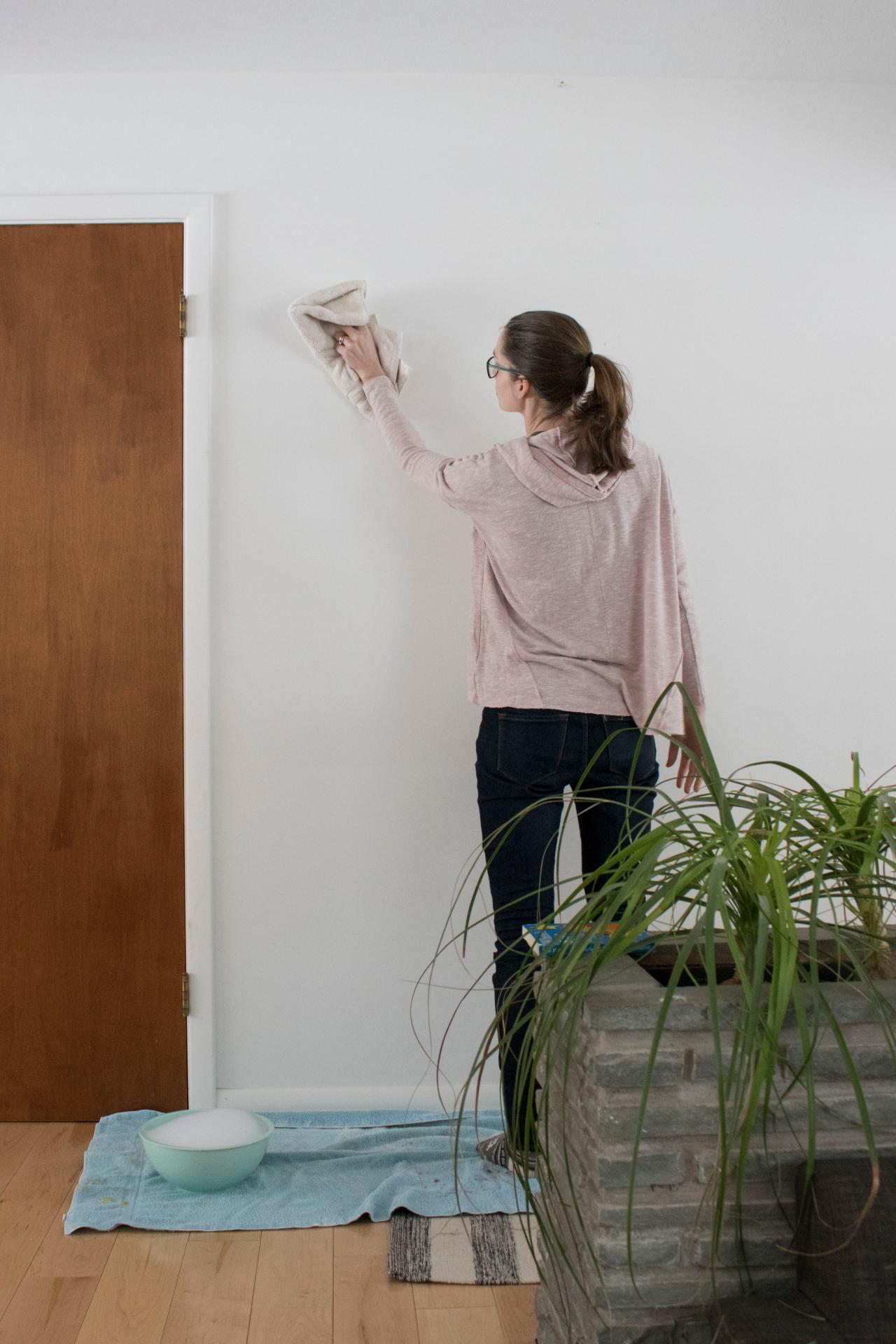Awe-Inspiring Examples Of Info About How To Clean A Painted Wall

Watch this video to learn how to clean painted walls.
How to clean a painted wall. It's important to start good cleaning habits that will keep your walls looking their best and extend the life of your paint! Soak a sponge in the cleanser. Dish soap is specially formulated to cut through grease and is not too harsh to use on painted walls.
First, mix a few drops of liquid dish soap with warm water in a spray bottle. How to keep painted walls clean longer. Cleaning glossy walls 1.
Knowing the finish of your wall helps to determine your level of exertion to avoid damaging. Discover how to clean walls to remove a stain without ruining the wall paint. The higher the gloss or sheen, the easier to clean, e.g.
It’s a gentle cleaner, which means that you won’t remove the paint as you go. If you notice spots beginning to appear from regular wear and tear, gently scrub them with soap and water. How to keep your walls clean.
Gloss and semigloss paints can stand up a bit better to cleaning, which is why. Prep the area: What is the best way to clean painted walls?
Before you start, clean the chosen spot with a damp cloth to remove any dust or dirt, then dry it thoroughly. 5.3k share 714k views 3 years ago painting 101 if your painted walls are losing some of their luster, instead of adding a fresh coat of paint, try giving them a thorough cleaning. White vinegar and soapy water are ideal cleaning solutions for removing stains from flat paint walls, and a magic.
For small stains or fingerprints, use a soft sponge with warm water and a mild detergent to gently clean the areas. When the surface is nice and clean, rinse your sponge in clean water, give the wall. This will clean any loose dirt, debris, and general marks and scuffs without harming your walls in the process.
It may be hard to see, but fine dust clinging to walls can make even the brightest paint colors look dingy, not to mention pesky cobwebs that seem to appear out of. Using a sponge dipped in this mixture, clean the surface using moderate pressure, paying special attention to frequently touched areas. Prepare one bucket for the clean rinse water.
The best way to prevent major stains, scuffs, or marks on your walls that are difficult to remove is to clean as they happen. Inspect the wall knowing the finish of your wall helps to determine your level of exertion to avoid damaging the paint. Get tips on the types of cleaners to use to remove minor scuff marks as well as those hard to remove stains.
For glossy finishes, which are less durable when it comes to cleaning, avoid harsh substances and consider using heat instead. Prepare one bucket for the washing solution. Combine 1 teaspoon (4.9 ml) of dish detergent, 0.25 teaspoons (1.2 ml) of.


















